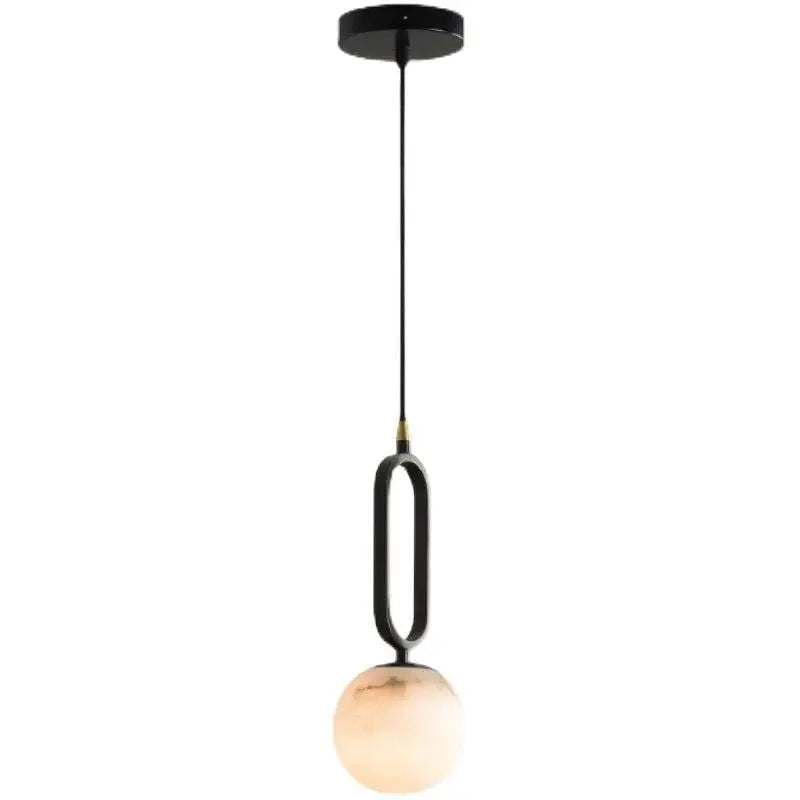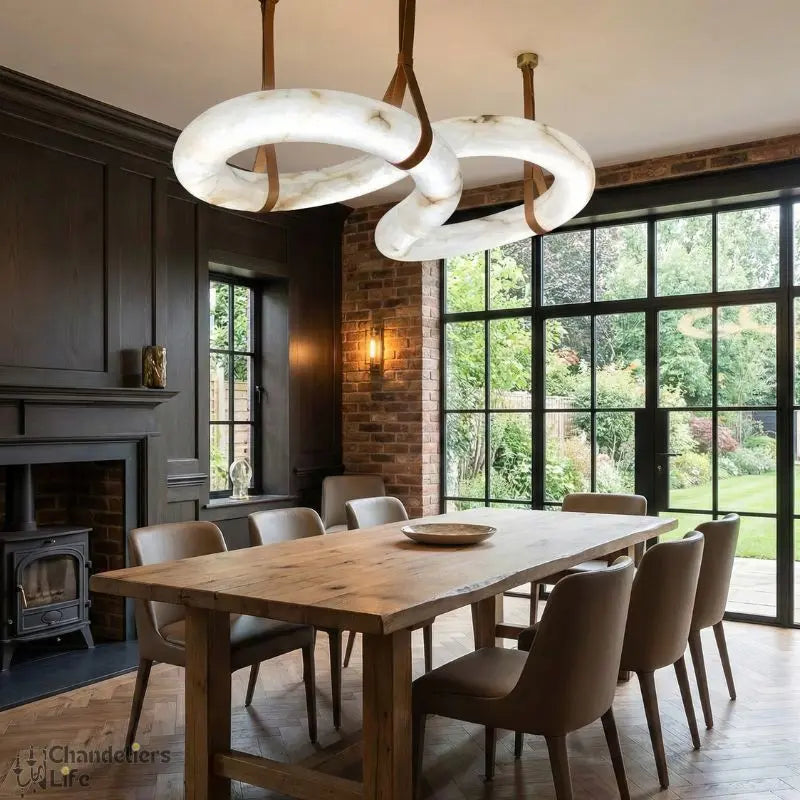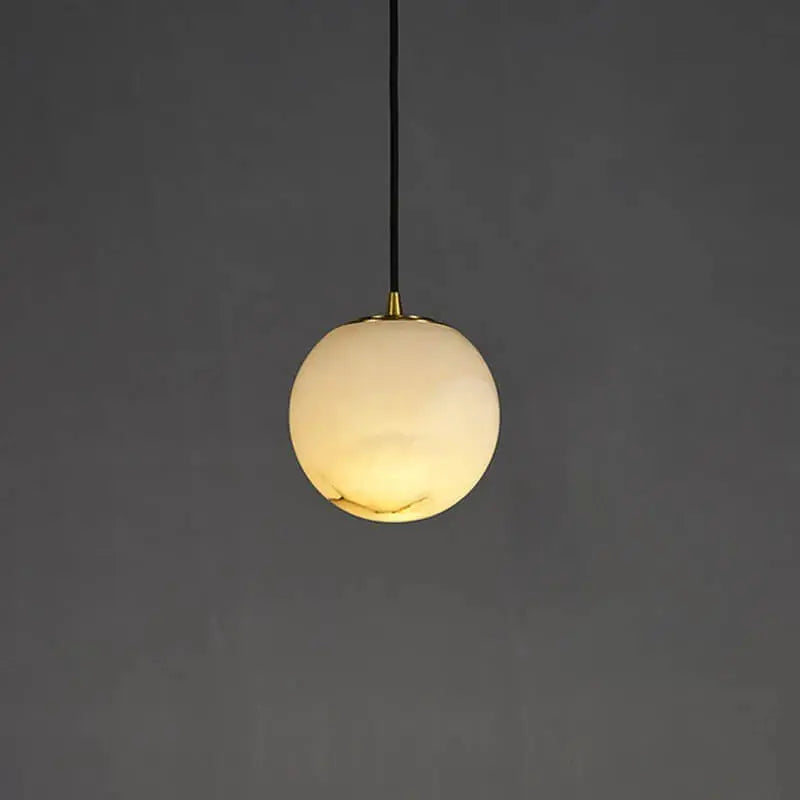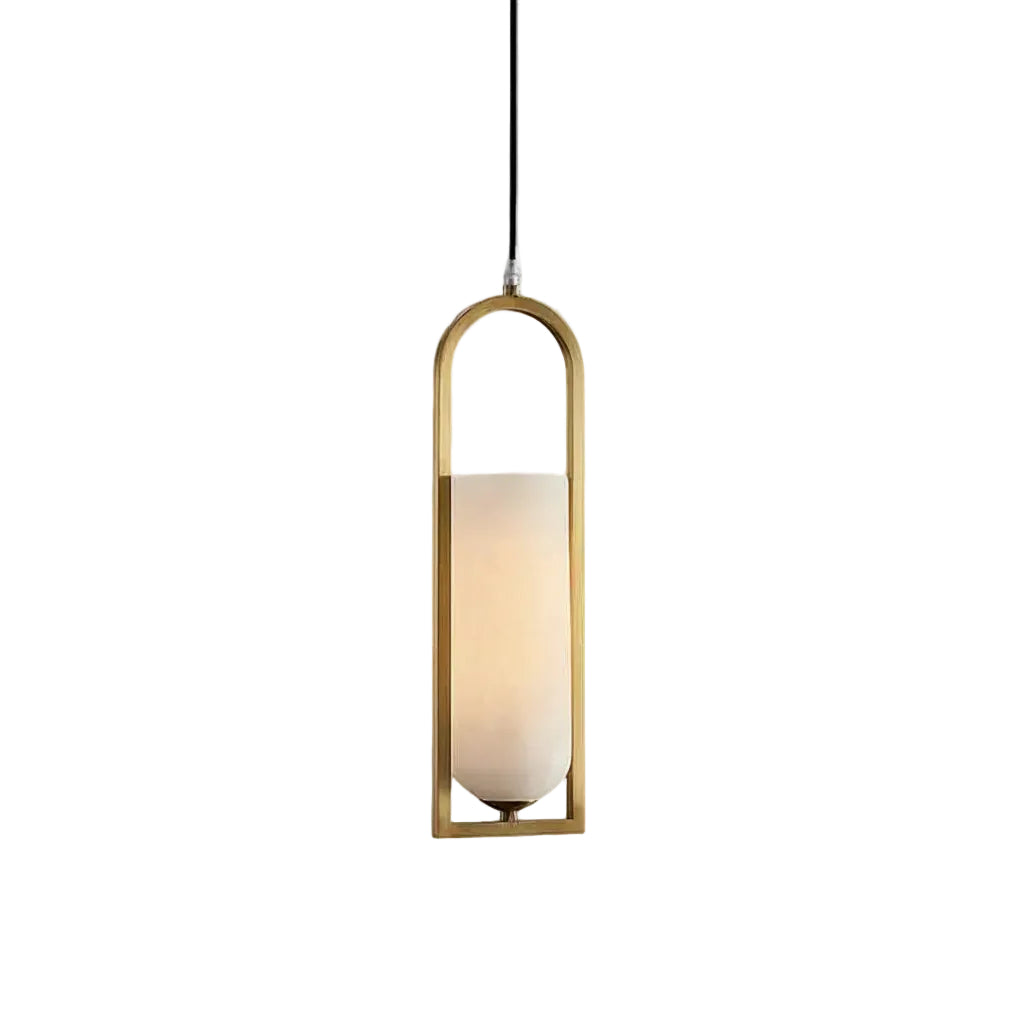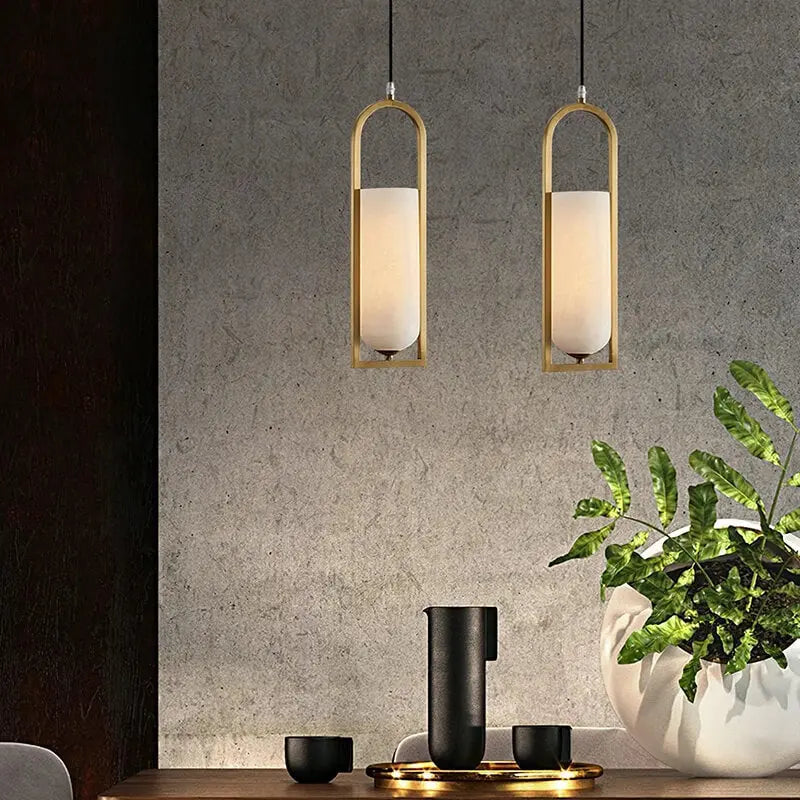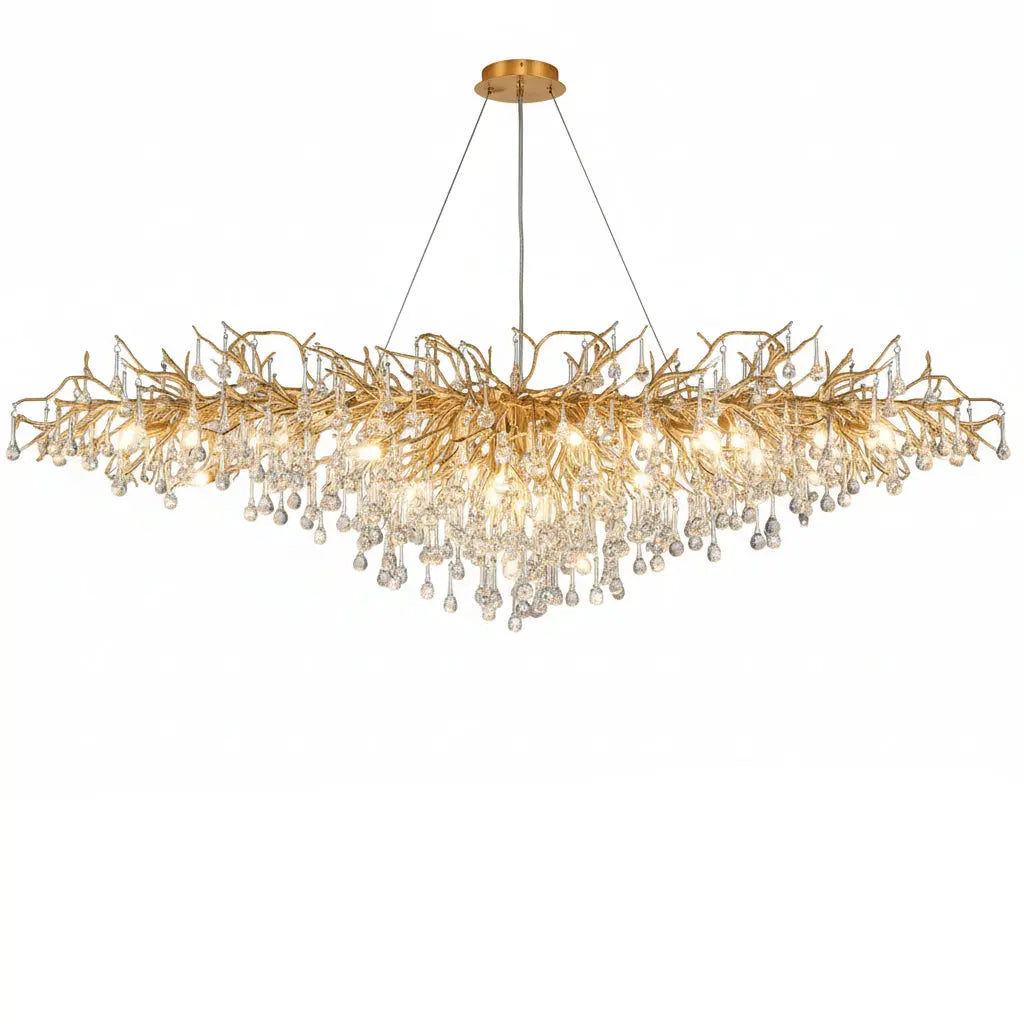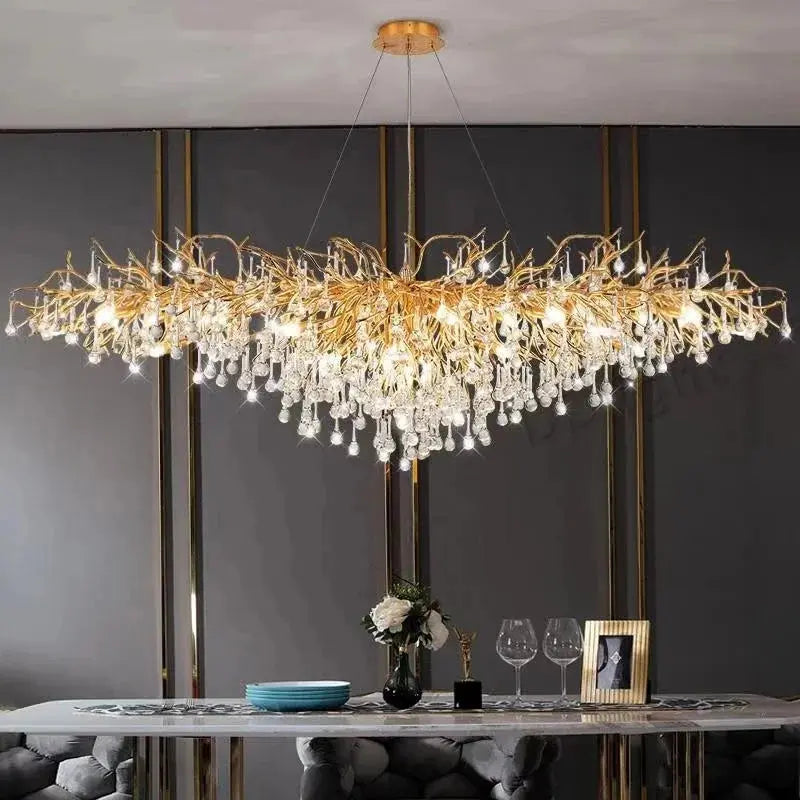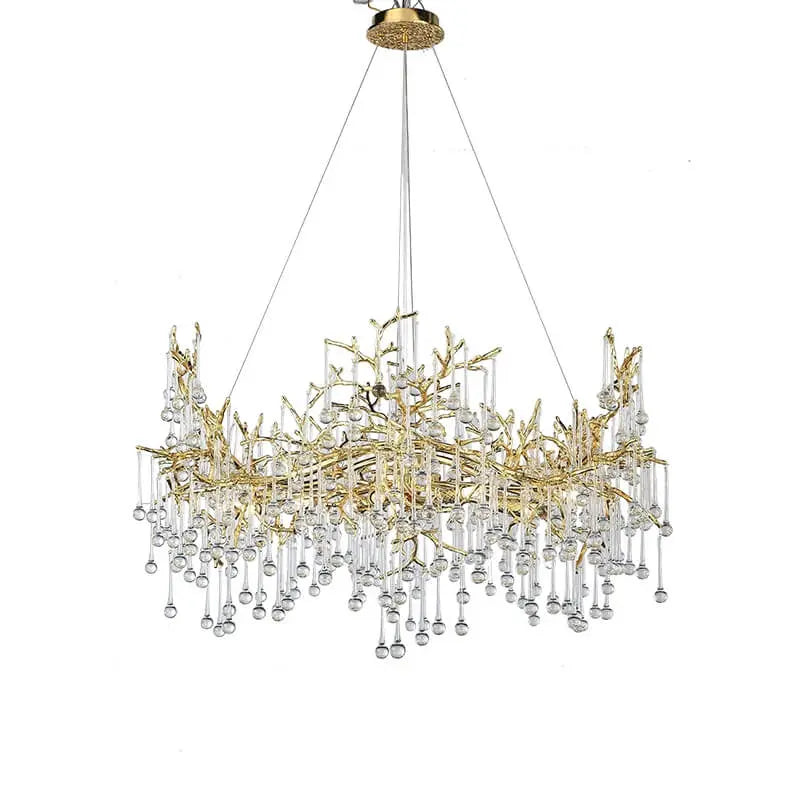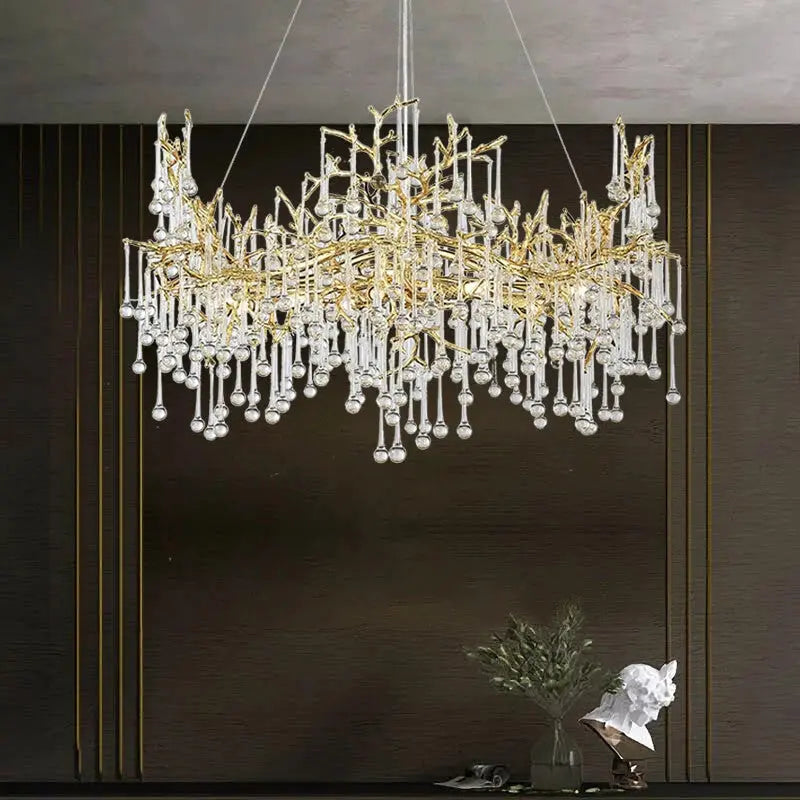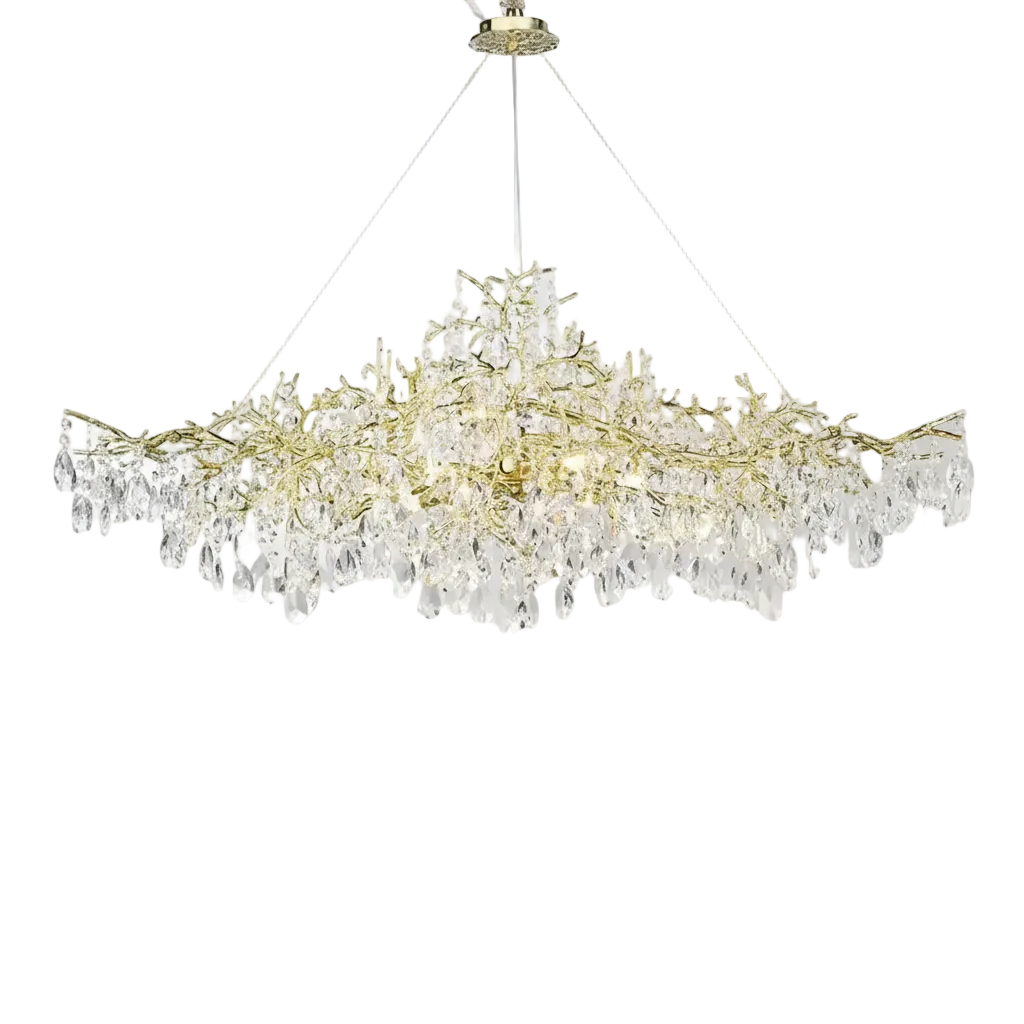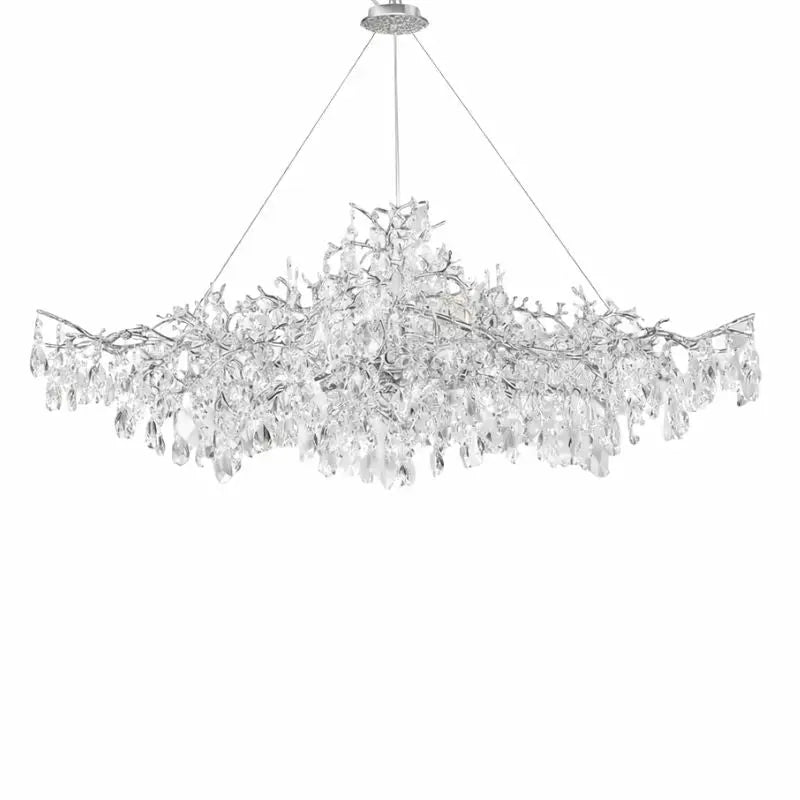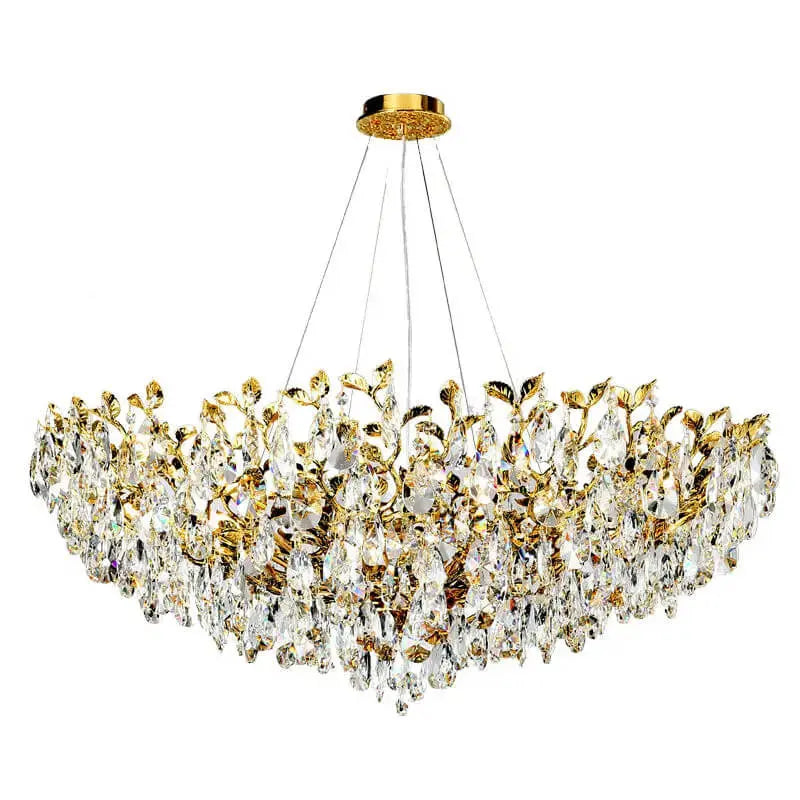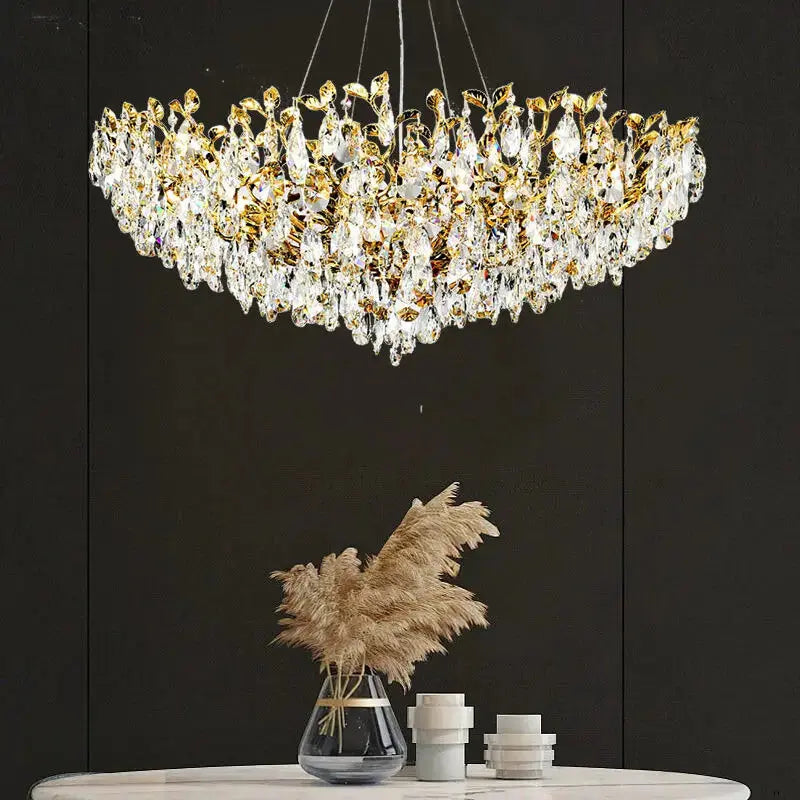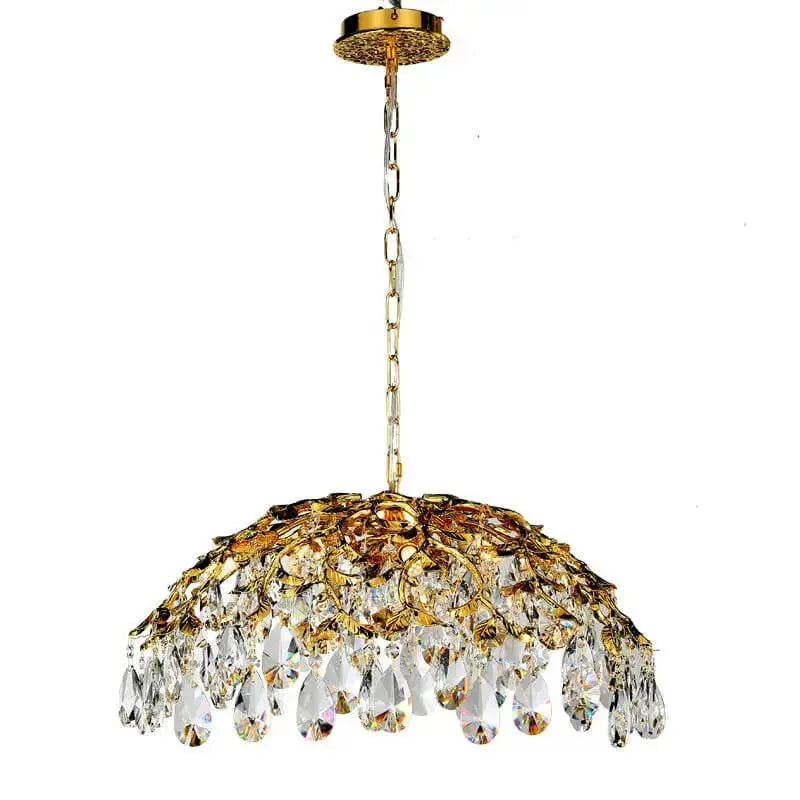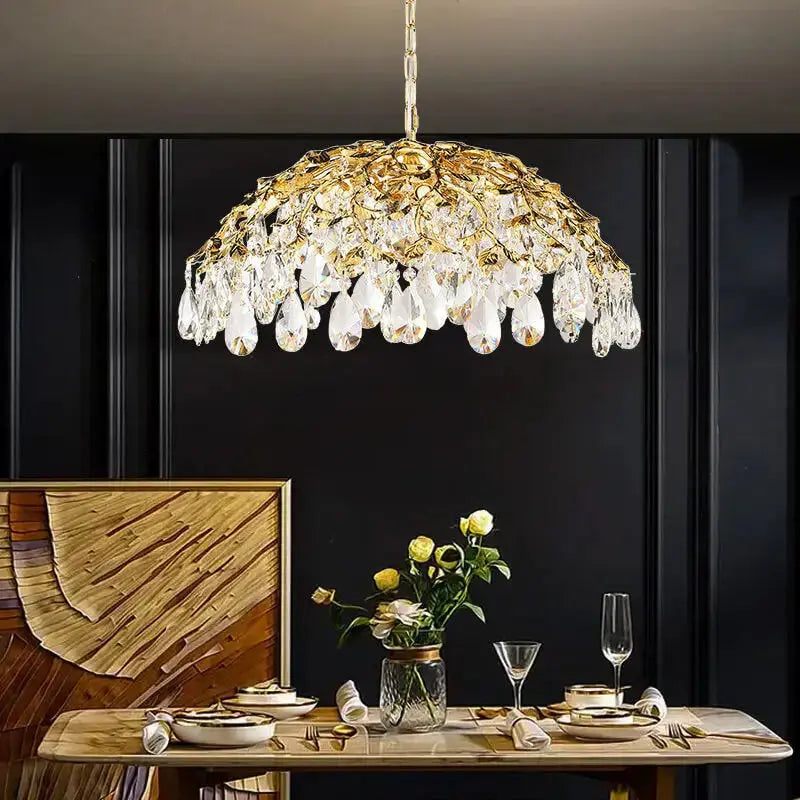Low voltage garden lights are an excellent choice for brightening up your yard. They are safe, energy-efficient, and easy to install. Whether you want to highlight your favorite plants, light up pathways, or create a cozy outdoor space, low voltage lights are perfect for the job.
Key Takeaways
- Low voltage garden lights are safer than high voltage options, reducing the risk of electrical shocks.
- They are more energy-efficient, helping to lower your electricity bills.
- Installation and maintenance of low voltage lights are simpler and often do not require professional help.
- These lights offer a variety of design options to enhance the beauty of your outdoor space.
- Low voltage lights are flexible and can be easily adjusted or expanded as needed.
The Advantages of Low Voltage Garden Lights
Energy Efficiency and Cost Savings
Low voltage garden lights are known for their energy efficiency. They consume less power compared to high voltage lights, which translates to lower electricity bills. This makes them a cost-effective option for homeowners who want to save on energy costs while still enjoying a beautifully lit yard.
Enhanced Safety for Outdoor Spaces
One of the biggest advantages of low voltage garden lights is their enhanced safety. Since they operate at a lower voltage, the risk of electrical shock is significantly reduced. This makes them a safer choice for outdoor spaces, especially in areas where children and pets play.
Ease of Installation and Maintenance
Low voltage garden lights are easier to install and maintain compared to their high voltage counterparts. They do not require professional installation, which means you can set them up yourself without needing an electrician. Additionally, maintaining these lights is straightforward, making them a convenient option for busy homeowners.
Low voltage garden lights not only beautify your garden but also save energy, making them a perfect choice for any yard.
Types of Low Voltage Garden Lights
Low voltage garden lights come in various styles, each serving a unique purpose in your outdoor space. Choosing the right type can enhance both the beauty and functionality of your yard.
How to Choose the Right Low Voltage Garden Lights
Assessing Your Lighting Needs
Before you buy any lights, think about what you need. Do you want to light up a path, highlight a tree, or make your deck safer? Knowing your goals will help you pick the right lights.
Considering Design and Aesthetics
The look of your lights matters too. Pick lights that match your yard's style. You can find many designs, from modern to classic. This way, your lights will blend in nicely.
Evaluating Energy Consumption
Check how much power the lights use. Low voltage lights are great because they use less energy. This means you save money on your electric bill. Look for energy-efficient options to get the best savings.
Installation Tips for Low Voltage Garden Lights
Planning Your Layout
Before you start, plan your layout. Sketch a map of your yard and mark where you want to place each light. This will help you visualize the final look and ensure you have enough lights and cables.
Selecting the Right Transformer
Choosing the right transformer is crucial. The transformer reduces the 120V household current to a safer 12V. Make sure to select a transformer that can handle the total wattage of your lights, plus a little extra for future additions.
Proper Wiring Techniques
When it comes to wiring, follow these steps:
- Lay out the main cable from the transformer to your lighting locations.
- Connect the lights to the main cable using connectors.
- Bury the cable at least 6 inches deep to protect it.
- Test the system to ensure everything works correctly.
Remember, brighter isn’t always better. Aim for a balanced, pleasing effect rather than illuminating your yard like a sports field.
Maintaining Your Low Voltage Garden Lights
Regular Cleaning and Upkeep
To keep your garden lights looking their best, regular cleaning is essential. Dirt and debris can accumulate on the fixtures, reducing their brightness. Simply wipe down the lights with a damp cloth every few weeks. For stubborn grime, a mild soap solution can be used.
Replacing Bulbs and Fixtures
Even with the best care, bulbs and fixtures will eventually need replacing. Always have spare bulbs on hand to ensure your garden remains well-lit. When replacing fixtures, make sure they are compatible with your existing system to avoid any issues.
Troubleshooting Common Issues
If your lights aren't working properly, there are a few common issues to check:
- Loose connections: Ensure all wires are securely connected.
- Burnt-out bulbs: Replace any bulbs that are no longer working.
- Faulty transformer: If multiple lights are out, the transformer might be the problem.
Regular maintenance not only keeps your garden looking beautiful but also ensures the safety and longevity of your lighting system.
Comparing Low Voltage and High Voltage Garden Lights
Safety Considerations
When it comes to safety, low voltage garden lights have a clear advantage. Operating at just 12 volts, they significantly reduce the risk of electrical shock, making them safer for homes with children and pets. On the other hand, high voltage lights, which run on 120 volts, require more stringent safety measures. All fittings and connections must be completely watertight to prevent accidents, and installation often requires a professional electrician.
Cost and Energy Efficiency
Low voltage lights are generally more cost-effective. They consume less power, leading to lower energy bills. Additionally, the initial setup and maintenance costs are usually lower compared to high voltage systems. High voltage lights, while brighter, tend to be more expensive to install and operate. They also require fewer fixtures to light up large areas, but the overall energy consumption is higher.
Flexibility and Customization
Low voltage systems offer greater flexibility and customization options. They are easier to install and adjust, allowing homeowners to change their lighting design over time. High voltage systems, however, are more rigid. The installation process is more invasive, often requiring trenches to be dug for wiring, making it difficult to relocate fixtures once they are in place.
Brighter isn’t always better when it comes to landscape lighting. The goal is to create a balanced, pleasing effect rather than to illuminate your yard like a sports field.
In summary, while high voltage lights are suitable for large areas and security purposes, low voltage garden lights are safer, more cost-effective, and offer greater flexibility for creative lighting designs.
Creative Ways to Use Low Voltage Garden Lights
Highlighting Landscape Features
Low voltage garden lights are perfect for highlighting landscape features. Use them to draw attention to trees, shrubs, or water features. By placing lights at the base of a tree or behind a water fountain, you can create stunning shadows and reflections that add depth and interest to your yard.
Creating Ambiance in Outdoor Spaces
Transform your garden into a cozy retreat with low voltage lights. String lights or pathway lights can create a warm and inviting atmosphere. These lights are not only functional but also add a touch of magic to your outdoor spaces, making them perfect for evening gatherings or quiet nights under the stars.
Enhancing Security and Safety
Low voltage garden lights can also enhance security and safety. Illuminate pathways, steps, and entryways to prevent accidents and deter intruders. By strategically placing lights around your yard, you can ensure that all dark corners are well-lit, making your home safer and more secure.
With a bit of creativity, you can use low voltage garden lights to transform your outdoor space into a beautiful and safe haven.
Discover unique ways to brighten up your garden with low voltage lights. From creating a cozy pathway to highlighting your favorite plants, the possibilities are endless. Want more ideas? Visit our website for inspiration and tips!
Conclusion
In conclusion, low voltage garden lights are an excellent choice for any yard. They are safe, cost-effective, and energy-efficient. These lights are easy to install and offer a wide range of design options to enhance the beauty and functionality of your outdoor space. Whether you're looking to highlight a beautiful tree, illuminate a pathway, or create a cozy outdoor living area, low voltage garden lights provide the perfect solution. So, if you want to make your yard more inviting and secure, consider investing in low voltage garden lighting.
Frequently Asked Questions
What are low voltage garden lights?
Low voltage garden lights are outdoor lighting systems that use 12 volts of electricity instead of the standard 120 volts. They are commonly used to illuminate gardens, pathways, and other outdoor areas.
Why should I choose low voltage garden lights over high voltage ones?
Low voltage garden lights are safer, more energy-efficient, and easier to install than high voltage lights. They also offer more flexibility in terms of placement and design.
Are low voltage garden lights energy-efficient?
Yes, low voltage garden lights consume less power compared to high voltage lights, making them more energy-efficient. This can result in lower electricity bills.
Can I install low voltage garden lights myself?
Yes, many low voltage garden light systems are designed to be DIY-friendly. However, it's important to follow the installation instructions carefully to ensure safety and proper functioning.
What types of low voltage garden lights are available?
There are various types of low voltage garden lights available, including pathway lights, spotlights, floodlights, deck lights, and step lights. Each type serves a different purpose and can enhance different areas of your garden.
How do I maintain my low voltage garden lights?
Regular maintenance includes cleaning the fixtures, replacing bulbs as needed, and checking the wiring for any damage. Proper upkeep will ensure that your garden lights continue to function efficiently.




